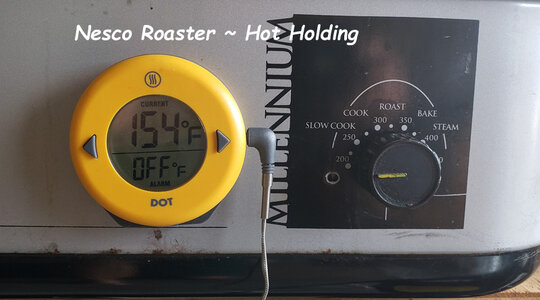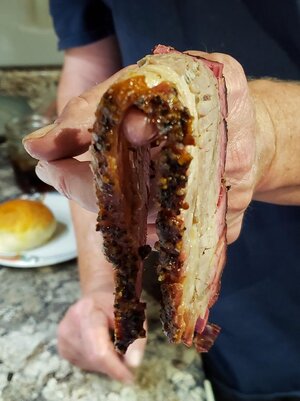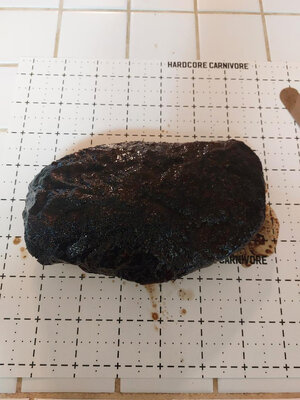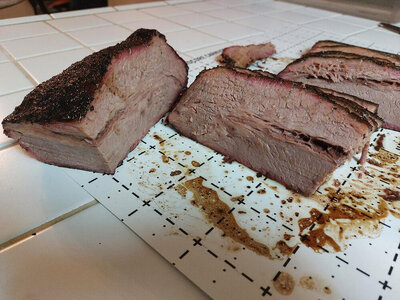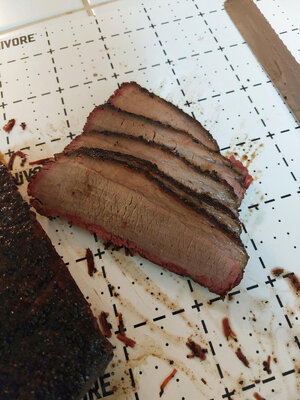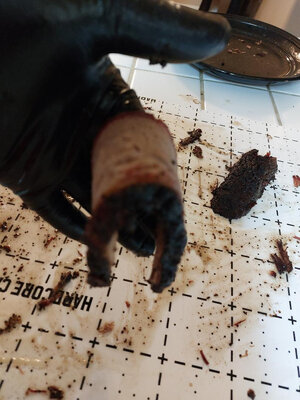Making a brisket tomorrow. Need some help.
Does anyone have any perspective on the relative benefits of a long rest vs long hold, i.e. which is better? To clarify, I hear people talk about having an extended 8-12 hour rest but I can't tell if they mean hold, the difference between the two being that the rest is the time in which the brisket comes down from peak temp to a holding temp of 145 vs. holding the brisket at the serving temp for as long as is desired in a warmer. If the rest is to be long, would it be best then to wrap the brisket in a towel and use the cooler/faux cambro method down to 145 IT and THEN eventually a warmer for the remainder of time, or is it better to let the brisket rest naked or wrapped in butcher paper for a shorter period at room temp and then use the hold method in a warmer for longer. Does it even make a difference between the two? Thanks for any help or insight into this process. I can't seem to find detailed and clear explanations for which is right.
Does anyone have any perspective on the relative benefits of a long rest vs long hold, i.e. which is better? To clarify, I hear people talk about having an extended 8-12 hour rest but I can't tell if they mean hold, the difference between the two being that the rest is the time in which the brisket comes down from peak temp to a holding temp of 145 vs. holding the brisket at the serving temp for as long as is desired in a warmer. If the rest is to be long, would it be best then to wrap the brisket in a towel and use the cooler/faux cambro method down to 145 IT and THEN eventually a warmer for the remainder of time, or is it better to let the brisket rest naked or wrapped in butcher paper for a shorter period at room temp and then use the hold method in a warmer for longer. Does it even make a difference between the two? Thanks for any help or insight into this process. I can't seem to find detailed and clear explanations for which is right.


